Social Communication
Some Child/Young Person (CYP) who have Neuro Developmental Delay may find Social Communication challenging.
They often lack an instinctive knowledge and do not pick up social communication skills naturally.
Social Communication skills are:
Verbal
Understanding and using words and language to make meaning.
Non-verbal
Use of body Language, gestures, tone of voice, facial expressions, eye gaze to make meaning.
Expressive versus Receptive Language
The expressive language is what is spoken by the CYP and the receptive language is their ability to process and understand what is being communicated by others. The CYP might appear to have good expressive skills but often they are copying what they have heard without fully understanding the meaning behind it. The receptive language is so much more complicated as you have to hear the message, process it and then act upon it and if you have not fully understood all aspects of the verbal and non-verbal communication this is really challenging.
This then makes it hard for them to learn what is expected in social situations and to recognise the emotions and feelings expressed by others.

Social Communication Differences you may notice in Children and Young People are:
Echolalia - echoing/ repeating- some may echo words or phrases that other people say, either straight away or later, often using accents different to their local one. There could be no understanding behind the words they are saying. E.g. “To Infinity and Beyond….”
Taking language they hear literally rather than understanding the meaning you intended. An example from a parent: “the teacher told the class to get into a circle so my son found a circle on the hall floor and went and stood in it.”
Talking at length on topics of their choice with no awareness of how the listener is feeling or how interested they actually are in the topic.
Difficulty knowing when and how to speak e.g. gaining someone’s attention to ask a question or understanding when it’s their turn to speak/ interrupting others.
Not understanding jokes, humour or sarcasm
Speaking in a flat or unusual tone of voice or speaking too loudly.
Difficulties supporting their spoken language with natural gestures or facial expressions.
Avoiding directly looking at the person they are talking to.
Highland Words Up! Videos
Click on Image
How You Can Help
We can support children and young people’s communication by changing the way we say things or adjusting our behaviour.
Say the Child or Young Person’s (CYP) name first and be face to face to get their attention
You need to get attention first, so that your child realises that you are talking to them
e.g. “John, snack.”
Reduce your language: Keep it Simple
Match your language to your child’s. Use key words only for a child at an early or first words stage. It is also helpful to use only key words when a child or young person is upset or anxious, as understanding decreases at these times.
e.g. Instead of “Switch off the video now that it’s finished, it’s time to go upstairs for your bath,”
say “Video off, bath time.”
Be Careful with Questions: Use Choices
Give choices rather than open ended questions - open ended questions can be confusing. Your child will understand more easily if you offer them a clear choice.
e.g. Instead of “What would you like for snack?” say “Banana or yoghurt?”
Tell your child what to do, not what not to do
Try to give positive instructions, and avoid saying simply “no.”
e.g. Instead of “No, don’t touch that vase, you’ll break it,” say “Give me the vase. Let’s read a story.”
Instead of “Don’t run,” say “Walk.”
Make your Communication as Visual as Possible
Use objects, photographs, pictures and symbols to reinforce what you say to help your child to understand the language you’re using. Current technology allows us to do this immediately for children. It’s worth having a look at some Apps available too.
Use clear, specific language: avoid ambiguous language
Keep your language simple and clear; say exactly what you mean.
e.g. Instead of “your coat is on the floor,” say “Pick up your coat. Hang it on your peg.”
Avoid using Sarcasm or language that can be difficult to make sense of e.g. “He’s driving me up the wall”. “I’ll catch you later”.
Say things, and give instructions, in the order in which they will/ should happen
Children understand more easily if you say things in the order they will happen, e.g. Instead of “I’ll read you a story after you’ve put on your pyjamas and brushed your teeth,”
say, “Pyjamas on, brush teeth, then story.”
Pause and Wait in between each part of the instruction to give the child time to listen to and process each part of the instruction.
Using the key words ‘first’, ‘then’ and ‘finished’ can all help to let children and young people know when events are happening and which order they are happening in:
First and Then
Using the words “first” and “then” to link events will help your child to understand the concept of time and the sequence of activities, e.g. “first lunch, then computer.” “Coat on, then car, then swings.” Visual supports can also be used to reinforce this.
Finished
You can use the word “finished” to praise and encourage your child when they have completed a task, or when a feared activity, like a haircut, is over. You can also use ‘finished’ when your child is involved in an inappropriate behaviour, by saying that it is “finished” and then distracting them.
Using the word “finished” consistently will help your child to understand the concept of time and help to reduce their anxiety.
Please visit our Daily Routines and Visual Schedules pages
Daily Routines
Click on Image
Visual Schedules
Click on Image



